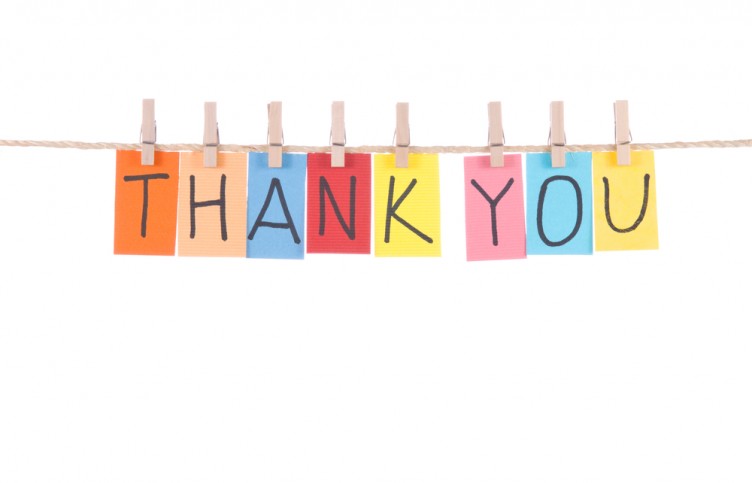by Jenny DeRocher
La Crosse, Wisconsin is a city of about 50,000 people. It sits between tree-covered bluffs and the winding Mississippi River. The city’s downtown area is like many other industrial Mississippi River towns with traces of train tracks, …

 Dear Archives Unboxed readers!
Dear Archives Unboxed readers!